“I had a point and shoot camera when I was in high school. On my school trip we visited IKI island. I usually snapped photographs of my friends, but it was the first time I photographed the sea and landscape. The pictures came out horrible and I was disappointed. I remember this frustration very well.“
While at university studying graphic design, Rinko took a photography course and learned for the first time how to print photographs in the darkroom. She enjoyed the printing process immensely and the mix of both creativity and craft drew her deeper and deeper into the world of photography. Of course, it took time and practice to get a grasp of the craft.
After graduation she didn’t want her parents to pay for her to further her education and so she decided to join a design firm with a photography department in Osaka. This she calculated would allow her to earn money and to continue to pursue her interest in photography. At the time she was the first female to join the photography department in 20 years. On her first day one of her fellow club members bellowed out, “who hired a female?”. It sounds totally out of touch today, but 30 years ago photography in Japan was still very much influenced by men. However, with a bit of time, learning and respect it turned out well and soon the club came together as one happy entity. She was completely focused on photography, and she just wanted to work hard so that she could take better photographs.
“I always felt the urgency to quickly become independent. Growing up my parents were not wealthy, and I wanted financial independence as quickly as possible. I thought to gain my independence via working not as a salary person, but by gaining a personal skill that would keep me employed, perhaps photography. Yet, my job at the time was all product photography, which was boring. Shooting packages and beer products was not my thing. But learning how to use a camera was fun. I never thought I would be able to live as an artist. I knew famous photographers had photo books but that is not enough to make a living… so I had no idea in what direction to head. Still, I continued with photography and gradually learned the skills and gained the insights needed to become a professional.”
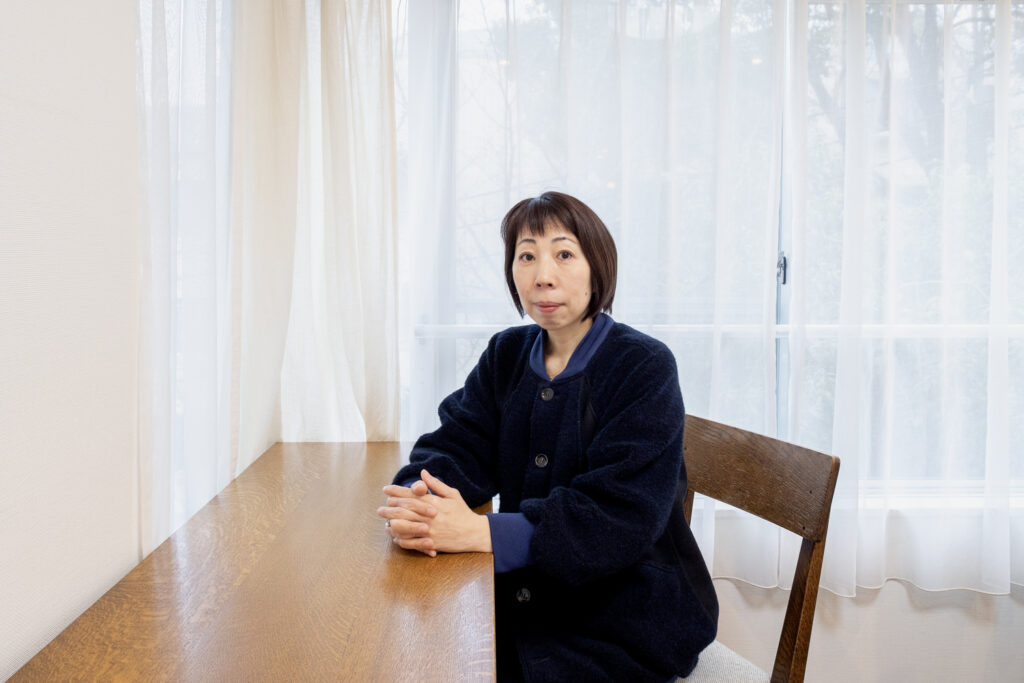
Rinko Kawauchi exhibits around the world and is one of the most renowned Japanese photographers of her generation. Her groundbreaking trilogy of photobooks “Utatane”, “Hanako” and “Hanabi” won the Ihei Kimura Prize in 2002 and since then she has received been honored repeatedly for her talents. Gerry Badger, the writer, and historian wrote along with photographer Martin Parr in the “The Photobook History”:
– Just when it seems that everything has been photographed in every possibly way, along comes a photographer whose work is so original that the medium is renewed. –
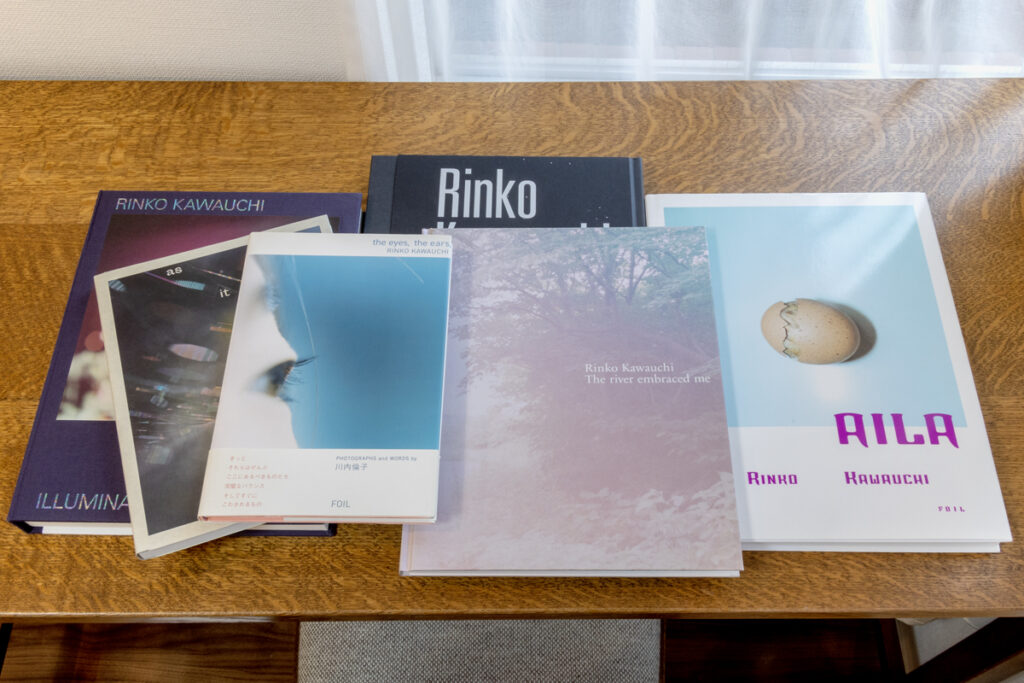
Rinko grew up reading fairy tales by Satoru Sato. The stories are about miniaturized people. Even though they don’t really exist they were written realistically, and the five-volume series has been a base for her ever since and taught her that there are many things in the world that you simply cannot see.
“It might seem contradicting that in photography, you photograph things you see…. but I had the desire to photograph and see things that are invisible to the eye.”
Another writer that influenced Rinko was the novelist, Banana Yoshimoto. She read all of her books. The delicate nature of her work and the way the boundaries of life and death were expressed deeply interested Rinko.

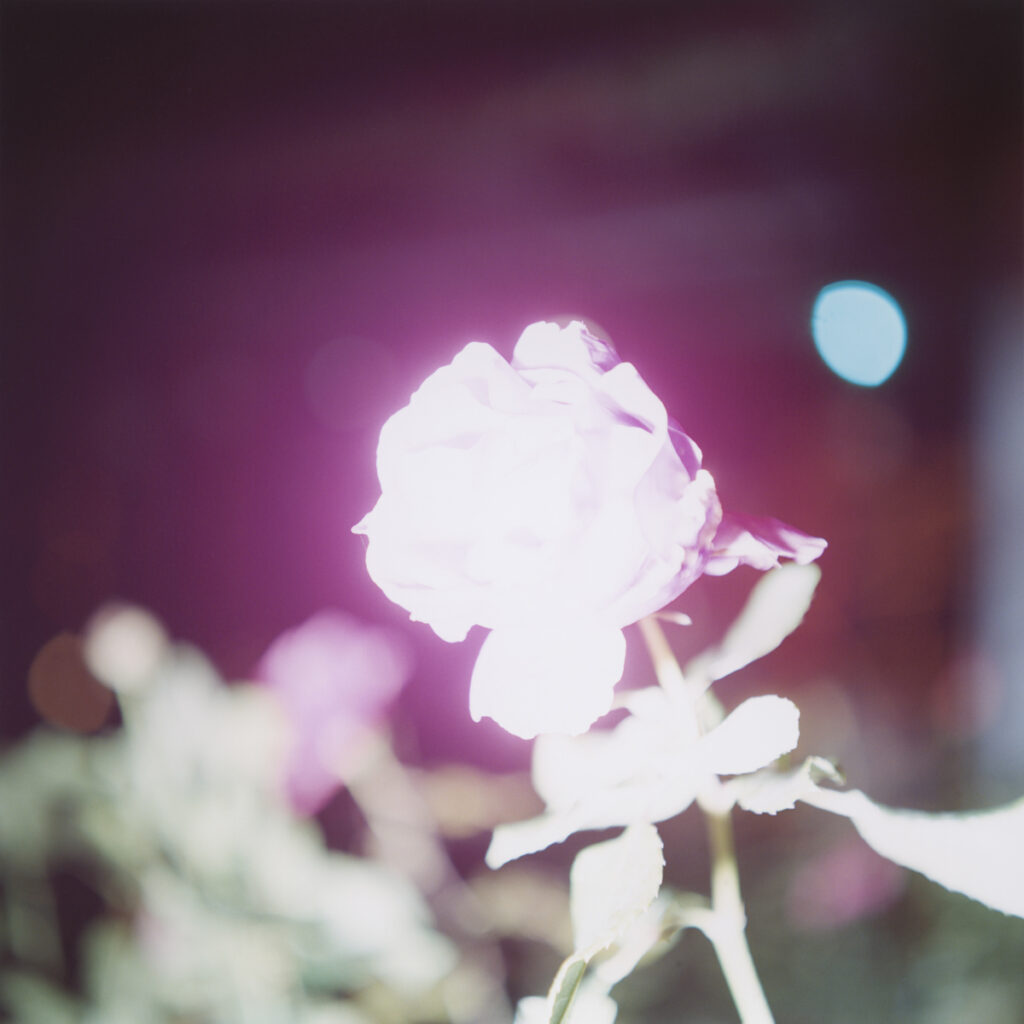
“Photography is trial, and error and it never ends and that is why you continue. I think this is something that will remain till you die. I think if you are satisfied then its over. I am not satisfied yet…. I think photography is also a documentary of the self. So, it doesn’t really stop till you stop. I am grateful that I can make a living as a photographer for me it is both financially sustainable as well as physically and mentally fulfilling.”
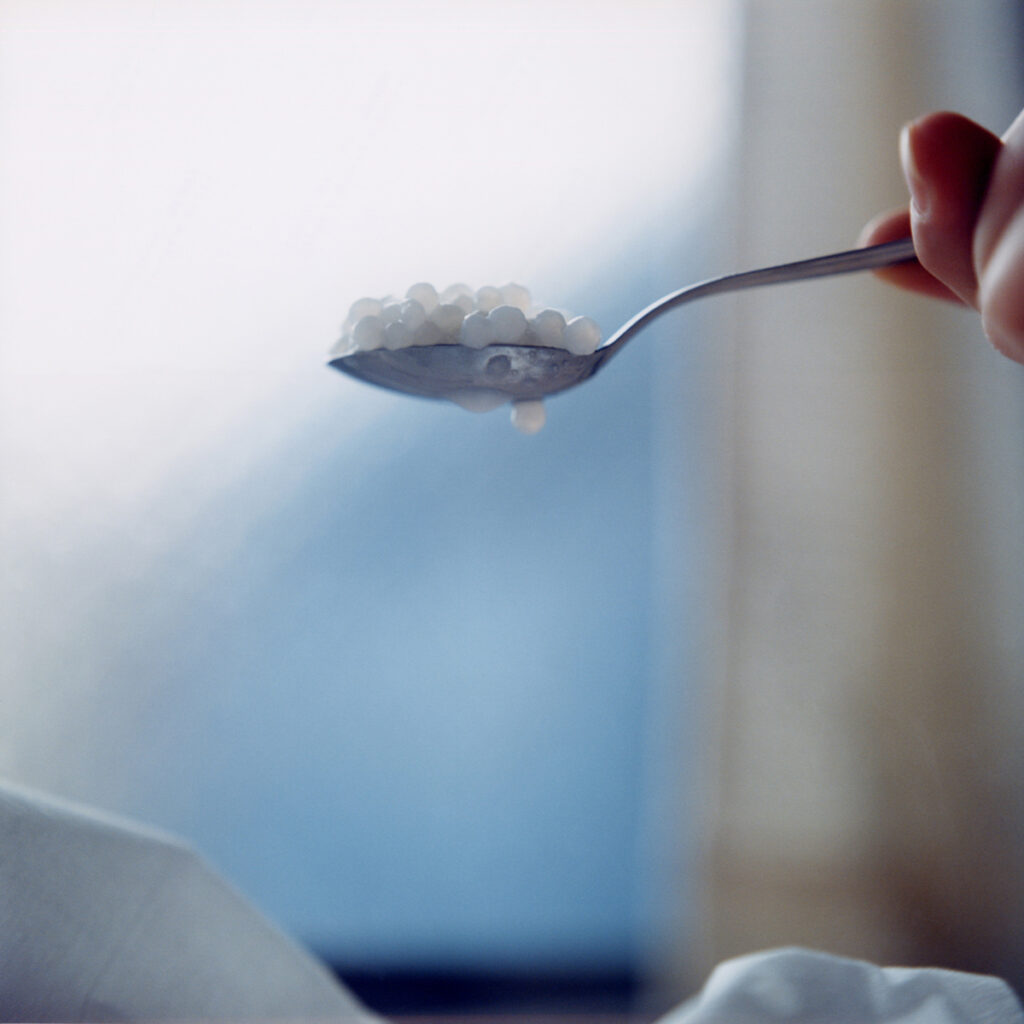
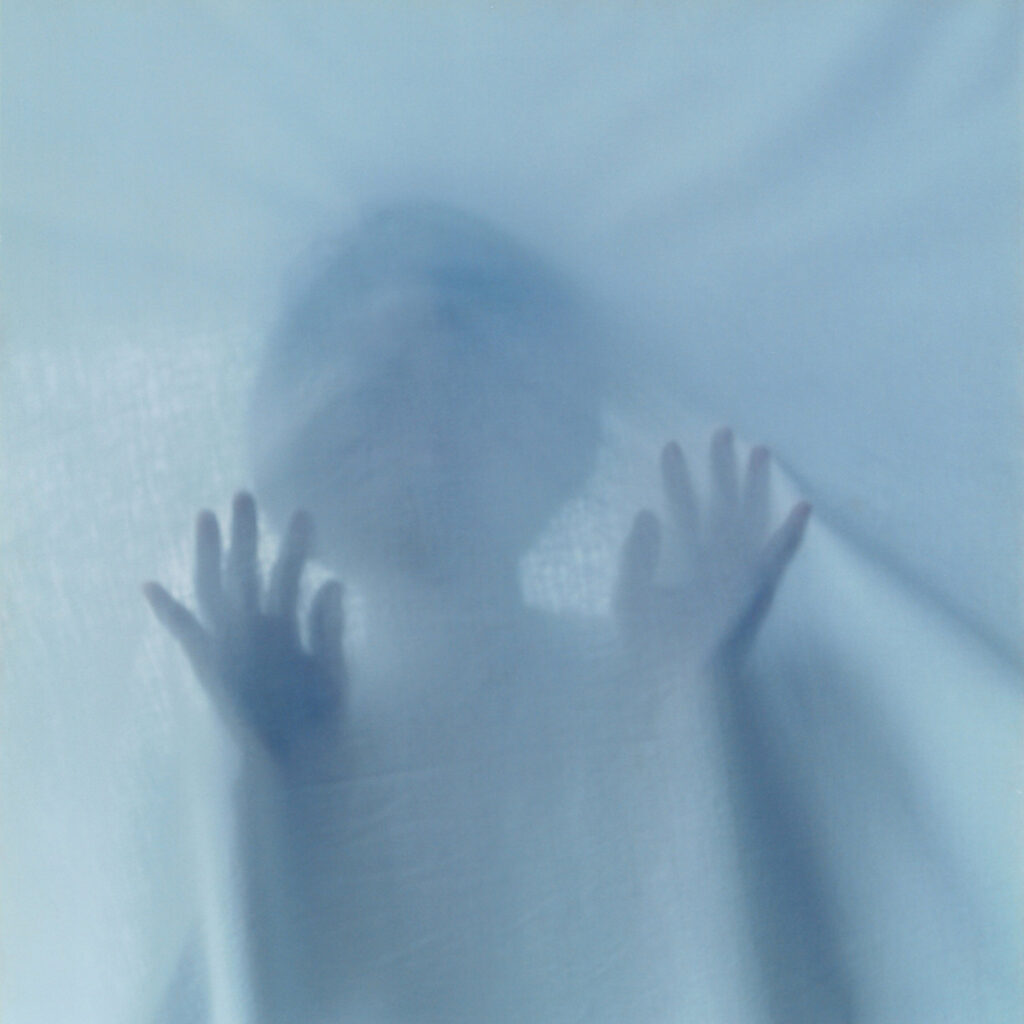
The art world has welcomed more and more minorities in recent years, Rinko feels grateful that as a female Asian she is able to receive so much attention. There is obviously more to be done but she thanks her mother’s generation, without the work they have done, she would not be able to do what she does. Another thing that has been on Rinko’s mind recently as she splits time between more rural Chiba and Tokyo is mother earths deteriorating environment.
“I was single, working to grow my career and lived alone for a long time. Under these conditions living in a more rural area of Japan wasn’t a realistic choice. But now with a partner and child and being able to live at a slower pace this small dream of living between the country and the city has become a reality. As a parent, I worry about the future. I am not the type of person who expresses societal and environmental problems in a blatant manner through my work. But recently these issues have organically drifted into my projects. My new project is M/E it comes from mother / earth, and it connects to ME. I wasn’t thinking in such scale, but I was thinking about the environment in which I live in.
We all live amongst the stars, and we have these conflicts, and we are destroying our environment. It’s easy to be carried away when ones busy and not pay attention to the damage we’re creating to the earth. So, I made the decision to try to share these feelings with the hope of shedding light on the environment via my work and perhaps come to some collective understanding. I want to think of the environment and the earth as themes to explore in my photography. I am not an activist that’s a whole different approach.”
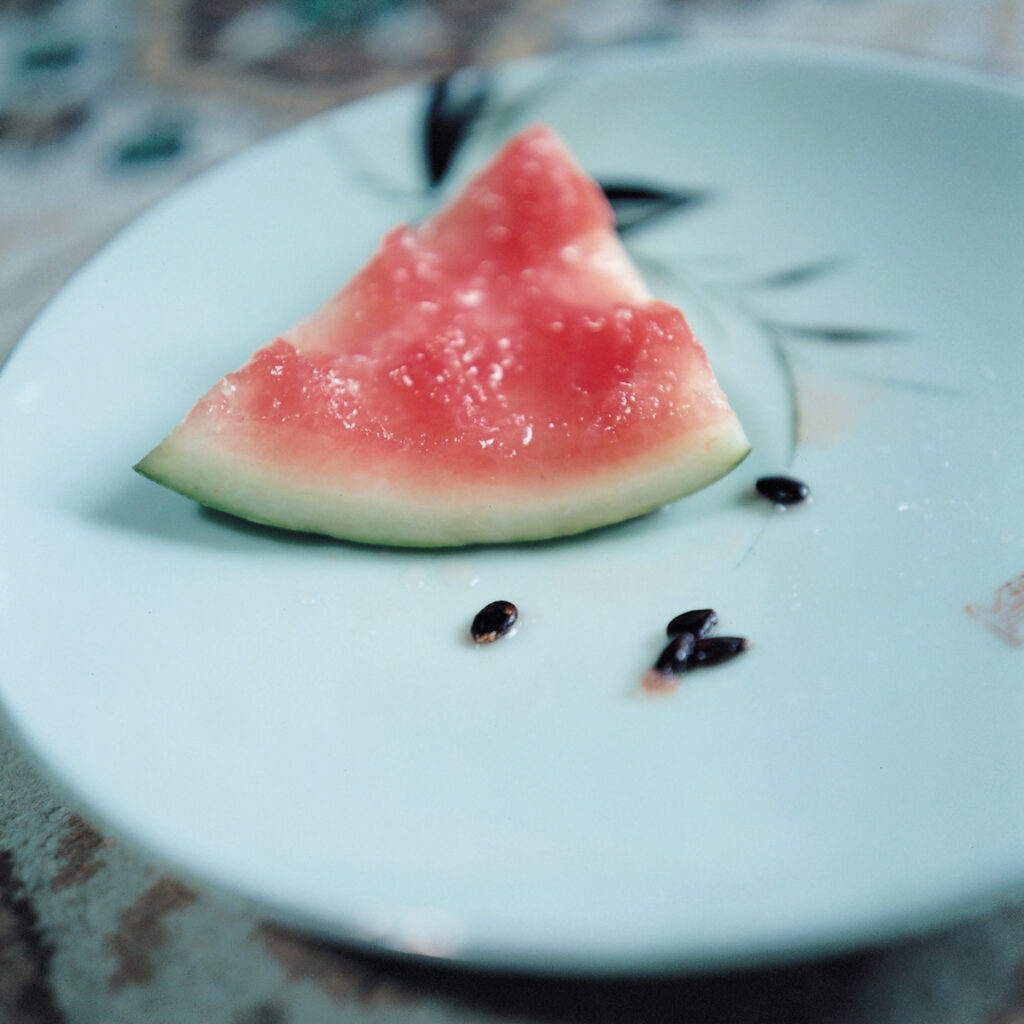
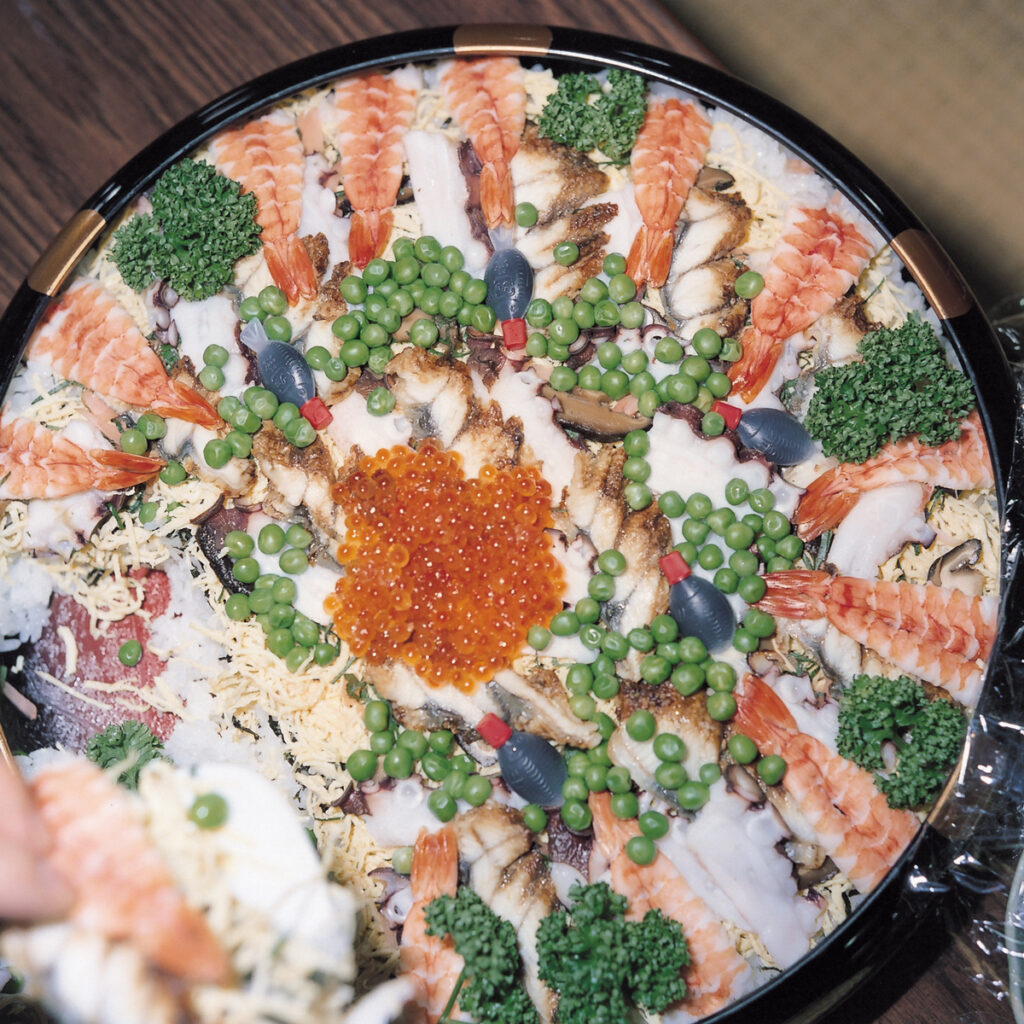
People from different parts of the world can sense through the light, climate or seasons that are expressed in Rinko`s photographs that they are taken from her native land Japan.
“I think people recognize my work to be Japanese. It’s not something I am consciously aware of but it’s captured in the images. I try to instill a sense of tradition and Japanese culture in my daughter. For example, before meals we say the word “itadakimasu” bon appetite. It’s a beautiful word that come from Buddhist traditions “a gratitude for food”…. I also would like my daughter to truly understand the meaning or our great wealth of Japanese seasons. If she doesn’t live in Japan in the future, I want her to be proud of these things. I want to teach her how to properly use chopsticks as well as give her the opportunity to experience creating traditional new year’s dinners.
Today most people don’t make “Osechi” anymore. My mother still makes everything from scratch so I would like to inherit it as much as possible. I think all these traditions and customs are acknowledgments showing a sense of existence and harmony with nature. I think that’s beautiful.”
Yasuyuki Takagi
Yasuyuki Takagi is a photographer / director born in Tokyo, Japan. He studied Media Arts at Pratt Institute in Brooklyn, New York and lives and works in Tokyo, Japan.He has published photo books “小さな深い森 Petite Foret Profonde” and ”植木 UEKI” both from France and his latest project “マロニエ Marronnier” was shortlisted at the 50th ARLES international photography festival. His directing works includes: “How to be like Tom Sachs” “A portrait of a Place: Arakicho” amongst others.











